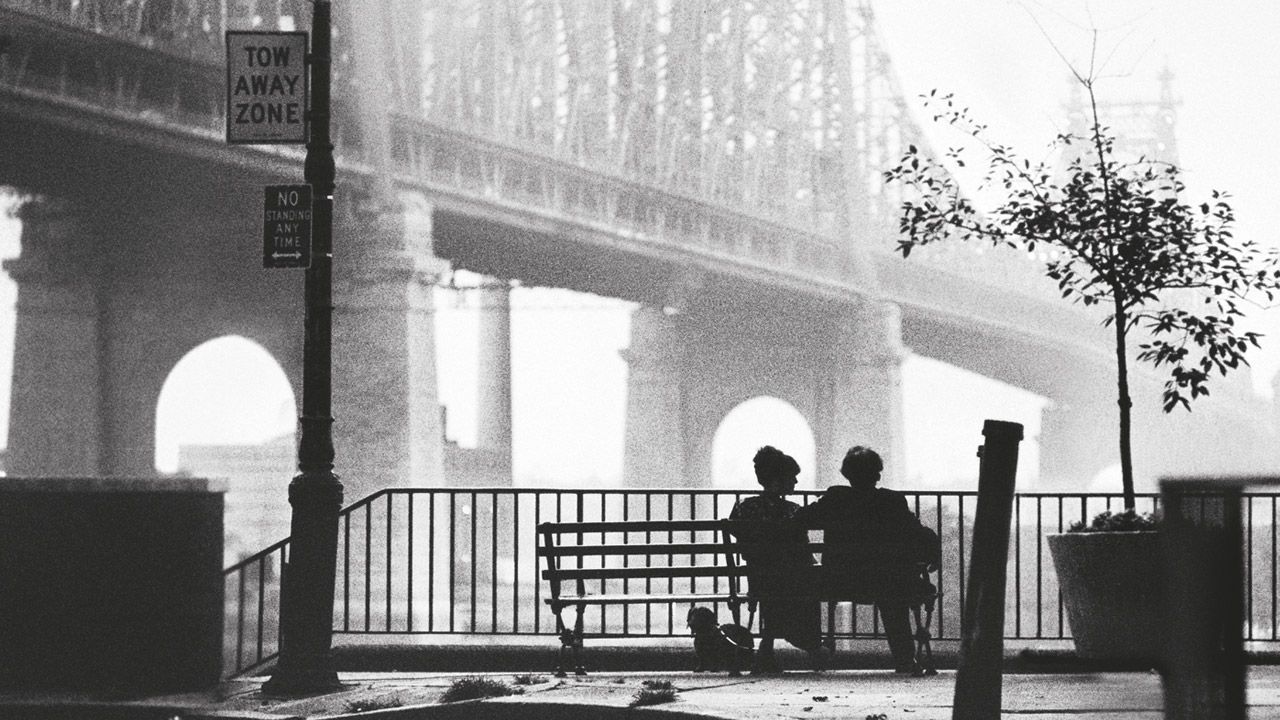Words on Stage: Copywriting & Cinema

Cinema and Copywriting share the same narrative mission, aiming to engage, move, inspire, influence audience behaviour, and communicate value. Just as a successful film triggers emotional tensions and keeps viewers on the edge of their seats, good copy captivates the user’s attention to the last word. Both creative dimensions thrive on understanding and representing human emotions, creating connections.
Cinematic stories often follow established narrative patterns with due variations. This practice is not random, as a conventional and “familiar” structure makes it easier for the audience to follow the plot, identify with it, and understand its moral lesson. While a linear and well-structured story avoids narrative dilations, it is equally essential for every director to have their own stylistic signature that ensures recognisability. The same rules apply to copywriting: at its core, there is a universal architecture on persuasive writing, but investing in verbal identity means communicating with a unique and differentiating Tone of Voice. This is not just a stylistic choice but a strategic one, as it works on different expressive and intentional levels to contribute to constructing a distinctive Brand Image.
Cinema teaches us that the most potent stories make us feel part of the narrative, engaging us on a visceral level. The same principle applies to copywriting, where the ability to create empathy and convey authenticity with impactful narration is not just important but crucial. It is the key to establishing a deep and lasting relationship with the target audience. Consider, for example, the dramatic crescendo widely used on the big screen: in words, it’s somewhat like creating a sense of urgency and pushing the user to action through a persuasive climax. Or consider foreshadowing, which, when crafting a sales text, can be used to prefigure the benefits the customer will gain by choosing the product/service. These are not just techniques but powerful tools that can make your copy resonate with your audience on a deeper, more emotional level.
In short, the analogies between the two worlds are potentially infinite, and the direction is the same: to transform stories into experiences that change, even if just for a moment, the way we perceive and act in the world.